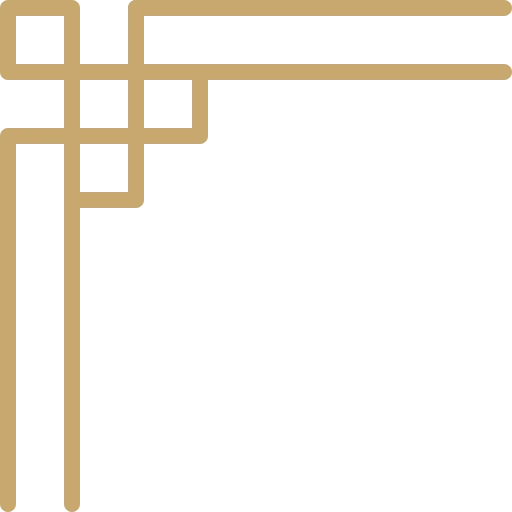

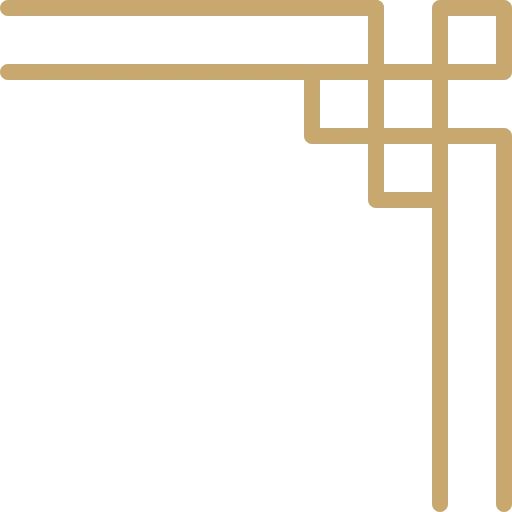
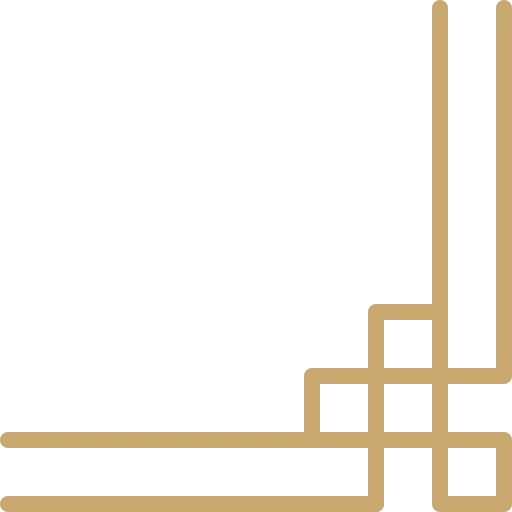
Join us September 21st-28th 2026
MODERN IMPRESSIONIST Magazine Workshop Retreat, Italy
Instructed by Haidee-Jo Summers and Joe Gyurcsak
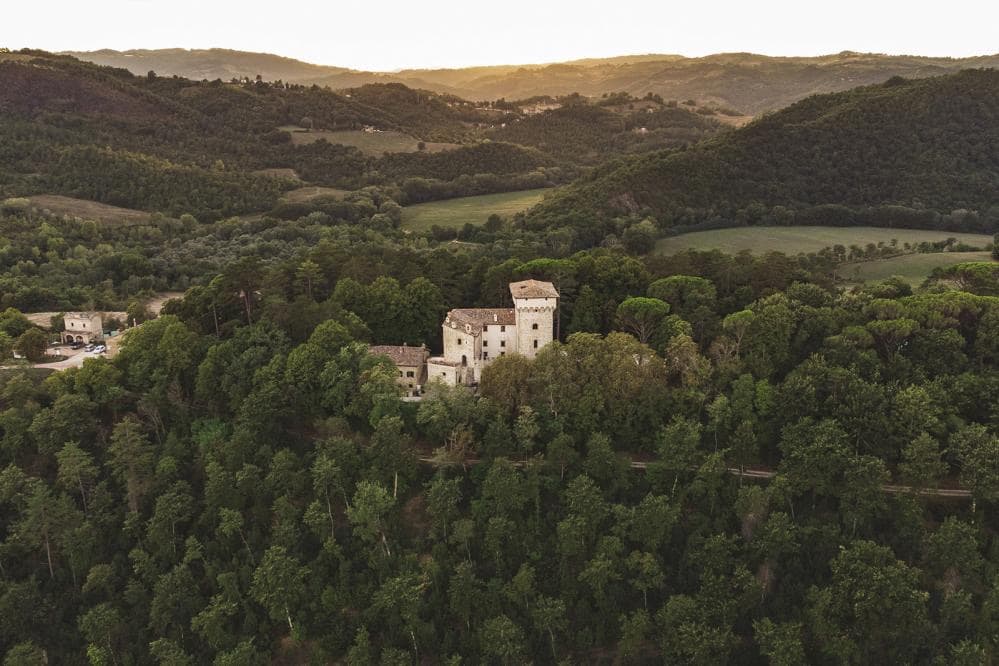
- 8 day/ 7 night accommodations (private or shared bedroom) in a beautiful hillside castle in Umbria near Gubbio, Italy
- 7 day immersive workshop with internationally renowned artist Haidee-Jo Summers
- Transportation to and from the airport
- Transportation for 2 painting excursions
- Full Gourmet Catering (Breakfast, Lunch and Dinner)
- Hosted by Modern Impressionist Magazine.
- A feature on this event, the art created and its participants will be published in the magazine!
The Modern Impressionist workshop retreat at the enchanting 1400 acre estate, Castle Gubbio in Italy. Instructing this weeklong immersive painting event is internationally renowned artist and Vice President of the Royal Institute of Oil Painters, Instructed by Haidee-Jo Summers
Castle Gubbio was built in the Middle Ages to defend the town of Gubbio against Perugia. The castle has retained its defensive character from the outside, but four years of intensive renovation have turned the interior into an extremely welcoming and comfortable house.
The castle is surrounded by a park with century old trees, large lawns and a beautiful pool which looks out over the hilly 1400-acre estate. The estate is signposted with beautiful walks, and in the appropriate season guests can even go truffle hunting with local experts. The owners of the estate are descendants of the family of Napoleon Bonaparte and the castle has been in their family since 1830.
Immerged in an uncontaminated landscape, bordered by woods, grasslands and waters, the history of Castello Gubbio dates back to the middle ages, when it was the heart of the defence of the Commune of Gubbio against Perugia.
The local village can be reached in 8 minutes by car. Gems such as Gubbio, Perugia, Assisi, Cortona, Spoleto and Todi are all within easy reach.
In 1391 Melchiorre Montaiti, Lord Magrano, undertook to go against the Noble Antonio da Montefeltro, Lord of Urbino and Gubbio. Magrano was then severely assaulted with the destruction of its mill (which was built again and still exists today) but the soldiers of the Montefeltro family failed to take over the castle. In 1431 Magrano moved under the jurisdiction of the Dukes of Montefeltro.
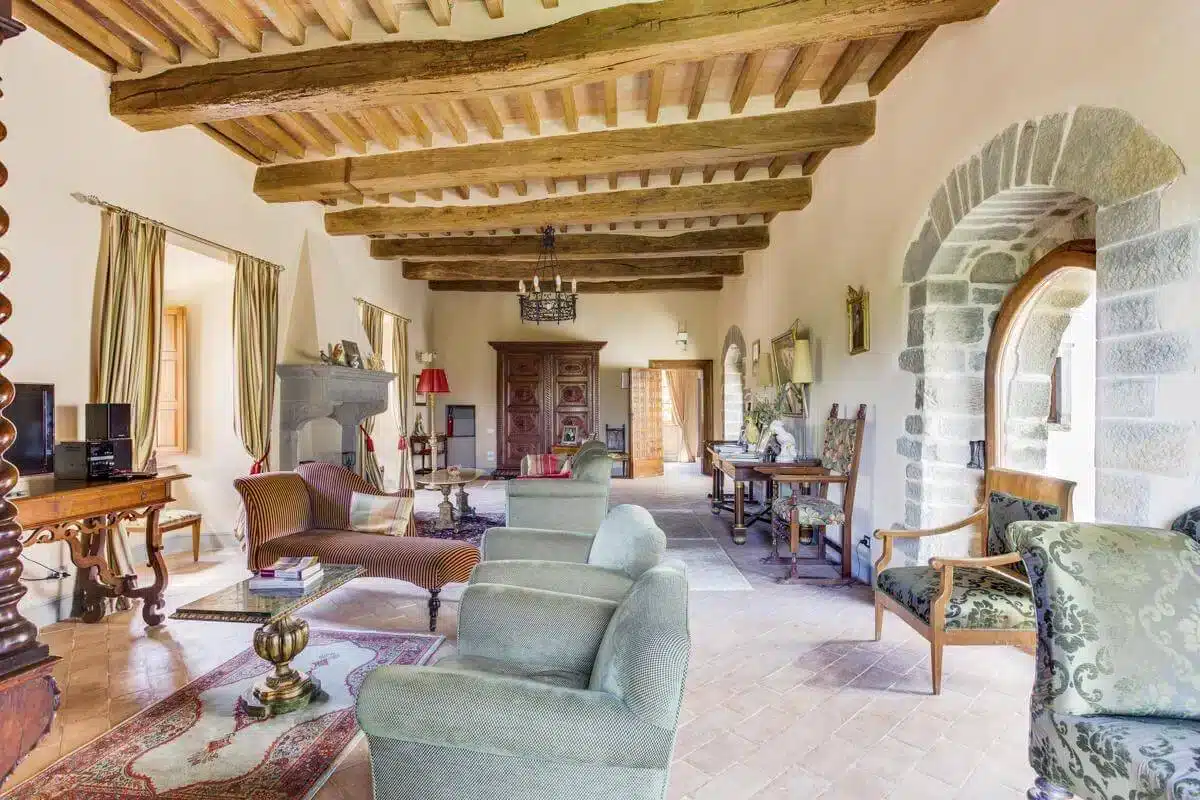
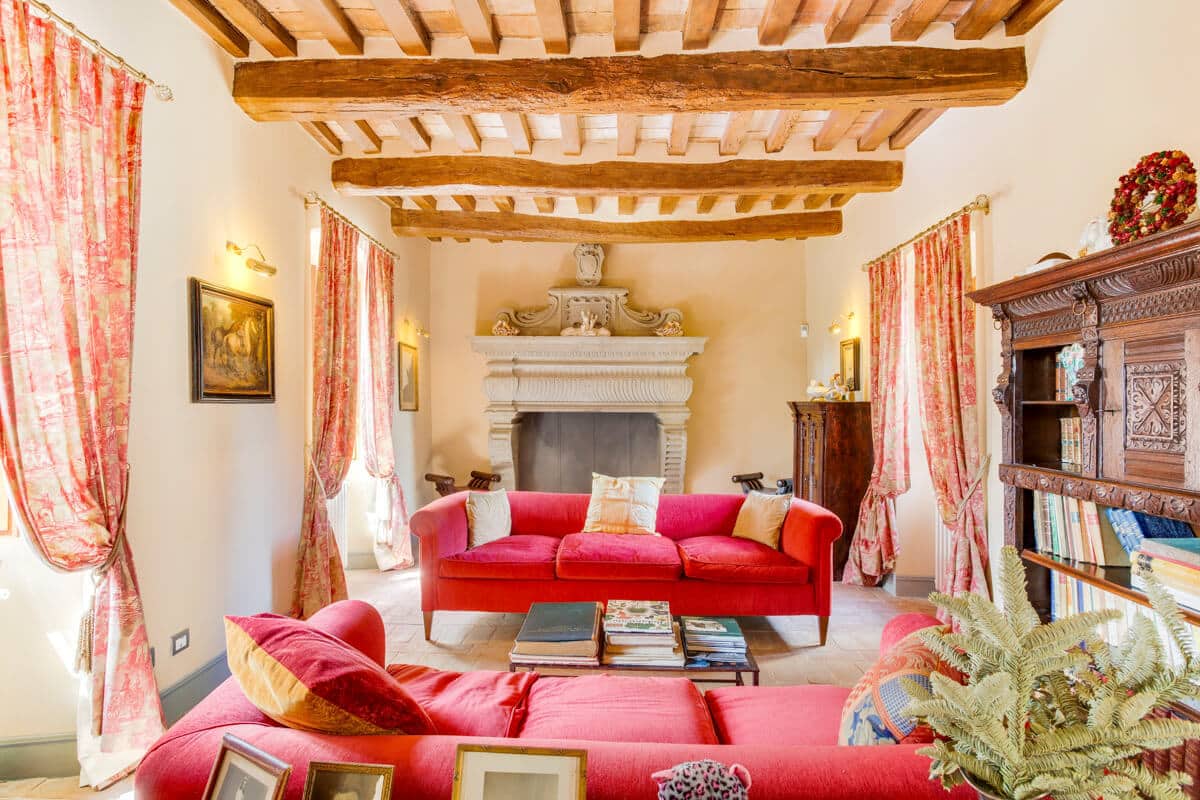
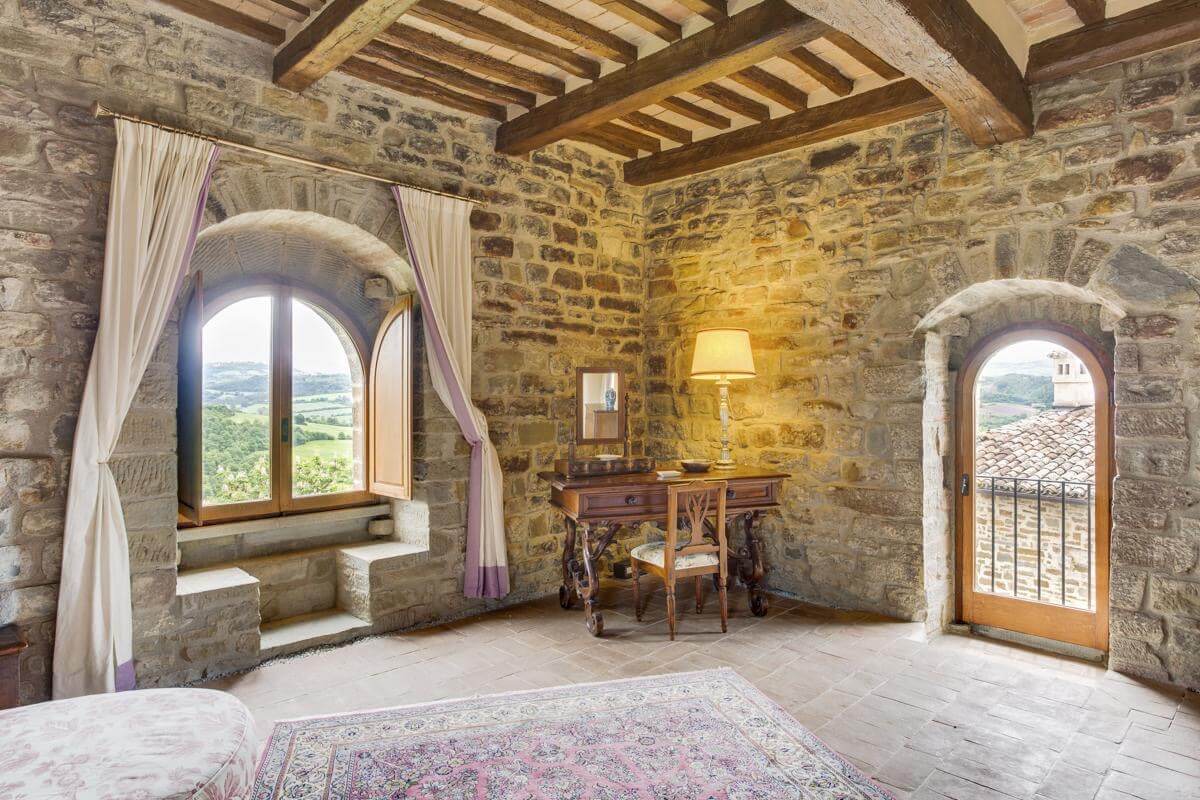


About artist
Instructed by Haidee-Jo Summers VPROI RSMA
Haidee-Jo is a full-time professional artist known for painting landscapes and seascapes ‘en plein air’. Vice President of the Royal Institute of Oil painters (ROI) and an elected member of the Royal Society of Marine Artists (RSMA) her work can be seen each year at the Mall Galleries in London in these prestigious society exhibitions.
Award winning artist Haidee-Jo Summers
7 day plein air workshop
Skill level Beginner to Advanced
Skill level – Beginner to Advanced

7 day immersive painting workshop
with Award Winning artist Joe Gyurcsak
Modern Impressionist Magazine Workshop Retreat Itinerary
Sept. 21st-28th
2026
7 Day Plein Air Paitning Workship
to Advanced
Mediums Oil, Acrylic and Gouache mediums are welcome
This workshop’s main objective is to teach artists how to see and paint with more confidence, to learn how to create wonderfully energized plein air paintings which capture the unique light and atmosphere the artist envisioned from the moment of their inspiration. Each day will include a demo, short lecture, AM painting scene, PM painting scene, solid individual guidance and valuable critiques, group critique optional. Drawing, Composition, Value, Color, Edges and Paint and Surface Manipulation will be covered
Very Limited Space Available
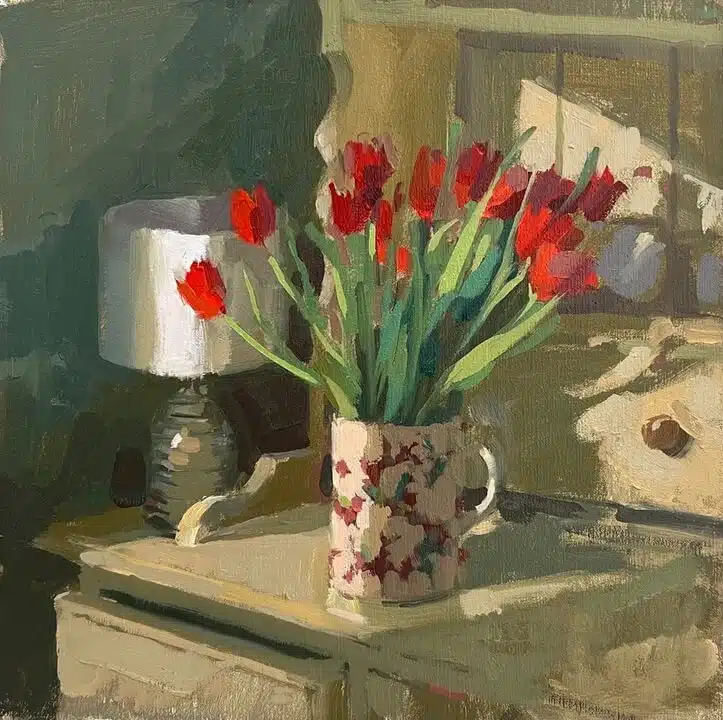
Federico da Montefeltro (1422-1482) turned it into his favourite hunting residence. It is said that the Duke was active in the hunting of the fallow deer and wild boars that still populate the residence today. This hunting always finished with a banquet during which guests appreciated the most precious fruits of this land, particularly the truffle.
In 1600, the ownership of the castle went to the noble family of the Carpegna, a family of bishops, cardinals and Priori of various cities in Umbria and Lazio.
In 1830, Magrano became the property of the family that still owns it today. More specifically, it went to Princess Giulia Bonaparte, daughter of two first cousins, Zenaide and Carlo Luciano Bonaparte Prince of Canino, who were both nephews of Napoleon.
It is in this charming corner of nature, in this place so full of tradition and history, that guests can spend some nice days of relaxation and entertainment.
It is in this charming corner of nature, in this place so full of tradition and history, that guests can spend some nice days of relaxation and entertainment. Umbria, often referred to as the “Green Heart of Italy,” is a picturesque region located in the heart of the Italian peninsula. Nestled between Tuscany, Lazio, and Le Marche, Umbria boasts a unique blend of natural beauty, historical charm, and cultural richness.
With its rolling hills, lush vineyards, and medieval towns, this region offers a diverse array of attractions and activities that make it a hidden gem in Italy.
Our pricing
Connected Wing
- $6400 Single
- $8400 Participant with non painting companion
- $9400 Two painting companions sharing a room


Main Castle
- $6900 Single
- $8900 Participant with non-painting companion
- $9900 Shared Room


Suites
- $7900 single
- $9900 Participant with non painting companion
- $10900 Two participants sharing a suite


